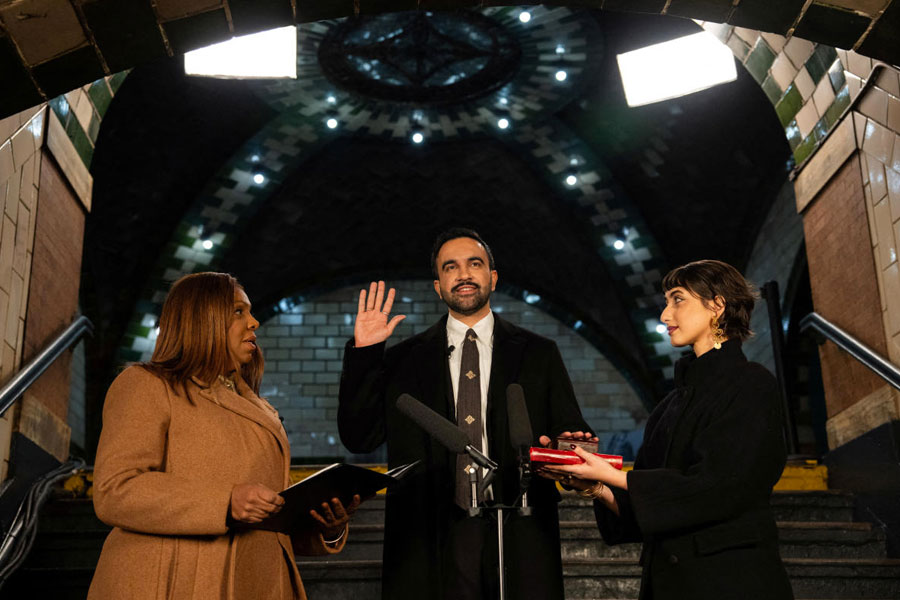 |
The Mongoose has become a talking point in IPL 3. Can you take us through the benefits of being a Mongoose batsman in T20?
The Mongoose is very special bat, designed specifically to meet the new distilled demands of Twenty20 cricket. The Mongoose allows you to hit harder and further without changing the way you play. Mongoose offers batsmen 20% more power and 15% more bat speed than a conventional bat. The sweet spot of the Mongoose MMi3 bat is proven to be 120% bigger than a conventional bat. But it really is the headspeed of the bat which creates its power. The faster the blade makes contact with the ball, the further the ball will disappear. So the player can afford to do less to impart more power into shots.
That is why the Mongoose is so well suited to junior players. Hitting boundaries is the most exciting part of batting for any batsman, but this is difficult for many younger players, as they don’t have the physical strength to create enough batspeed to hit the ball far. The Mongoose changes all that, by helping players “get their hands through the ball”, as the coaches like to say.
Matthew Hayden got the Mongoose off to a great start...
The best thing about the bat was demonstrated by Matthew Hayden during his electric innings of 93 against Delhi. He didn’t change his natural style, but he hit the ball harder than he has ever hit it. There was no need to slog to hit boundaries. He played technically beautiful shots, the ball just seemed to go a lot further.
How exactly is this the most “radical” change in cricket bat designs since 1771?
The obvious and most radical change about the Mongoose is its looks. The blade of Mongoose bat is 33% shorter and its handle 43% longer than a conventional bat. The Mongoose is much more effective than a conventional bat in T20 cricket. The splice, usually located in the blade of the bat, is incorporated in the handle, which ensures there is no dead spot in the hitting area of the bat. The Mongoose has also reconfigured the shoulders of the bat by dropping them down nine inches. The weight taken from the shoulders — about 20% of the blade weight — is redistributed to the back of the new, shorter blade.
How and when did you feel the need to design a cricket bat specifically for Twenty20?
It all started almost a year back when I was watching Geoffrey Boycott play [on TV, we presume] and defending every ball. Boycott intrinsically looked to defend the ball, but was using the same equipment as that used by players in the IPL to hit the ball out of the ground. The formats of the game have very different objectives — Test cricket in the 70s and 80s had a scoring rate of under three runs an over, whereas IPL sees regular scores at over 10 runs per over. The equipment, by necessity, needed to reflect that change. That’s when I realised that there is a need to introduce different equipment for different formats of cricket.
Cricket has been transformed beyond all recognition over the past 30 years. However, the equipment — and especially batting equipment — has not changed. Mongoose is an entertainment brand involved in the game of cricket. We design our products to add value to the game, by making cricket more exciting to play and more exhilarating to watch.
 |
Why the name Mongoose?
The name Mongoose is inspired by the Indian animal nevla [beji in Bengali]. At first impression, a mongoose is a cuddly looking sort of chap. Furry, cute and lovable. But there is more to it than that. It is small, agile, fast and very aggressive. If you have a problem with a cobra, then a mongoose will sort the problem out for you. It is courageous, with lightning-fast reactions. A mongoose may be only a little longer than a foot, yet this intelligent and daring little mammal is feared by the deadliest snakes in the world. But in spite of all that, they can make lovable pets.
How was Matthew Hayden, one of the hardest hitters in the game today, involved in the design of the Mongoose?
Matthew is the brand ambassador for Mongoose. He is one of the most experienced cricketers in the world, and is blessed with one of the brightest minds. He is considered to be one of the small number of players — a list that includes (Virender) Sehwag and (Adam) Gilchrist — who have transformed the way cricket of all formats is played at the highest level. He has invested extensive consideration to the improvement of equipment, and is working with Mongoose to develop a range of equipment that will transform the game, to the same extent that the MMi3 bat has the potential to be a game-changer.
Matthew has many innovative ideas for changes to equipment that will be beneficial to players of Twenty20. He is working closely with Mongoose to develop a range of bats, protective softwear and apparel that are suited to the shorter, faster version of the game. The equipment is in development now, but will be launched over the coming months.
Is there any different kind of wood used for the Mongoose? If so, how does it help batsmen achieve the added power and bat speed?
Mongoose is made of Pro English willow premium wood. As mentioned above, the splice, which is usually located in the blade of the bat, is incorporated in the handle, which ensures there is no dead spot in the hitting area of the bat. By doing this, the sweet spot in a Mongoose becomes 120% more than a conventional bat which ensures a batsman to hit harder and longer.
Why place the splice in the handle?
The splice is considered to be the dead area of a cricket bat. It is not made from willow, but from cane, which is ideal as a flexible material for the handle, but doesn’t in any way suit the striking of a ball, as cane doesn’t have physical properties that provide a bat with “ping”. Placing the splice in the handle of the bat automatically negates the dead spot, which is contrary to the conventional bat. It allows the whole blade to be the sweet spot rather than just the middle of the bat.
Has Mongoose approached any Indian batsman? What has been the response?
Mongoose has been approached by a number of Indian international players about sponsorship deals. We have also approached some Indian players about using Mongoose bats and equipment. The response looks very promising. We do plan to sign an Indian superstar in the next 2-3 months.










